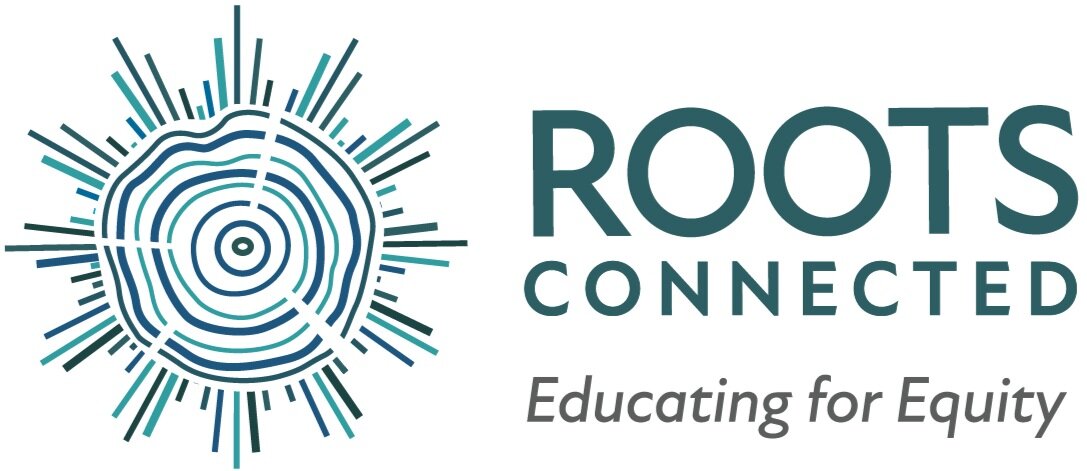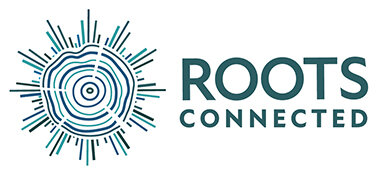Talking About Race With Your Child
It’s never too early to talk to kids about race. Ample research has shown that not only do babies see racial differences, they develop racial preferences and biases from the very beginning. Even at three months old, children can racially categorize people (Kelly et al., 2005). And these biases only deepen from there.
It’s normal to feel discomfort when talking about race, and even more-so racism and racial inequality. But being willing to sit in that feeling of discomfort is proof of growth—being vulnerable and honest allows your child to feel vulnerable and honest, too. The more conversations people can have, the better. And home is one of the best places to start creating the changes that you want to see in the world.
So, how do you get started? What do you say, and what do you do? Below you’ll find a guideline shared in one of our workshops, “Talking about Race and Racism with My Child.” Gleaned from over a decade of learning in a racially and economically diverse school where these conversations with children are normalized, and with the guidance of our expert team, this overview is meant to be a launching point for grown ups to engage in conversations about race, racism, power, privilege, and bias. Having these conversations can feel like a daunting task. But it is a privilege to choose not to have them.
Here are seven things to consider when engaging in a conversation about race:
Consider your identity. Where do you hold power? Where have you been subjected to oppression? What intersections of your identity are important to consider? Point out and name parts of your identity, including where you hold privilege that they do have. Model opening up your own social network and fostering relationships with people from perspectives and lived experiences that are different than your own so that kids can hear life stories and connect, as humans, with others. These lived-in truths can be used as a compass to work towards equity.
Children notice race: it’s never too early. When we are silent, society keeps doing the talking for us. Instead of letting toys, shows, books, and outsiders fill in the gaps, start having conversations with your child. Your voice carries outsized weight—it’s an incredible power that you can use and yield.
Consider age and development stage. Keep the conversation relatable to your child. Kids know exactly what fairness looks and feels like—use that as a tool to talk about anything that’s difficult, like slavery or segregation. Bring it back to humanity and human feelings, being included and not being included. For older kids, tying the conversation back to current events helps start the conversation and make it relevant.
Speak openly and honestly. Kids can tell when adults aren’t being honest with them. If we want kids to come to us with questions, we have to be honest. Establish yourself as someone who can answer their questions. When you’re honest with your child, they’re more likely to want to talk to you because they know they’ll hear the truth.
Ask questions, listen, and keep listening. Ask your child what they know, what they think, how they feel—and then really listen to what they say. Listen for misinformation so you can address it. The more you listen, the more you’ll be able to help them feel safe and that their questions are welcomed.
Monitor your child’s emotions before, after, and during the conversation. Encourage them to process out loud. Kids can begin to feel helpless when we’re not balancing hope and pain. Show them that social action and change is possible, too. And keep coming back to the conversation.
Do your own work alongside your child. Think of this as a parallel process, and understand that the process is never-ending—we’ll continue to learn, always. It’s ok to say that you need some time to think about their question and come back to it.
This is Just the Beginning
The journey of raising anti-racist children starts with all of us. As a parent, what you say and think and do impacts your child more than anything else. And what you don’t say and don’t do speaks volumes, too. We all have a role to play—in our homes and in our families is where we can begin. This guide is meant to be an overview of where to start. There’s always so much more to learn, and to dive into. To get a more in-depth look at how to start these conversations, you can watch our workshop “Talking about Race and Racism with my Child”. There is no one way to do this. Humans are varied, so are the experiences and conversations we have with our children. But we hope that these lessons affirm the conversations you’re already having, or give you the confidence to approach them now, and into the future.



